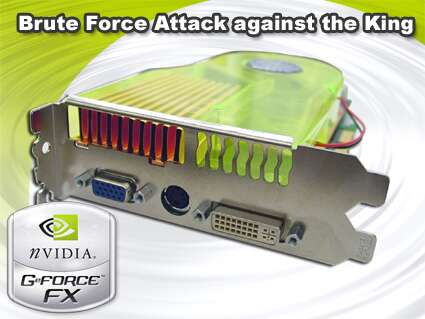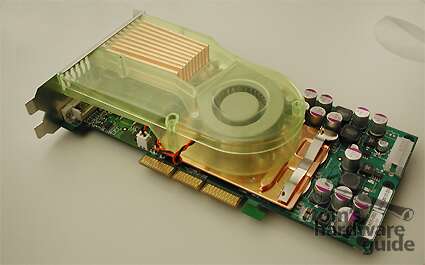NVIDIA GeForceFX: Brute Force Attack Against the King
Introduction
After NVIDIA introduced its new GeForceFX GPU at Comdex in Las Vegas in November, anticipation levels were very high. However, the company was not able to live up to its announced intention to release first samples as early as December. So it's all the more astonishing to see the hectic pace at which NVIDIA has finally launched its cards. We were given just about three days to test the card - not enough time to test all aspects of the card in full detail, but enough to bring you an extensive overview of the chip's performance.
The GeForceFX GPU
We gave you full details on the features of the GeForceFX GPU in November
(GeForceFX: NVIDIA goes Hollywood? ). Here, we briefly recap the overview:
Just like the ATI Radeon 9700, the GeForceFX is a DirectX 9 card. Through its new Floating Point, the new version of Microsoft's 3D API allows for better precision than with DirectX 8, and this includes significantly improved precision with effects. The extent of pixel and vertex shader programs has also increased. Now, loops are also possible within the shader program.
Not content with only DirectX 9, NVIDIA goes much further. GeForceFX can process longer and more complex shader programs, thereby allowing for more complicated effects (see: GeForceFX: NVIDIA goes Hollywood? ). In order to create these shaders, NVIDIA released the CG Compiler. Because there are currently no games in sight that can take full advantage of all of DirectX 9's capabilities, it's difficult to tell what the user gets from all this expandable programmability. But it's safe to say that it doesn't do any harm.
Get Tom's Hardware's best news and in-depth reviews, straight to your inbox.

